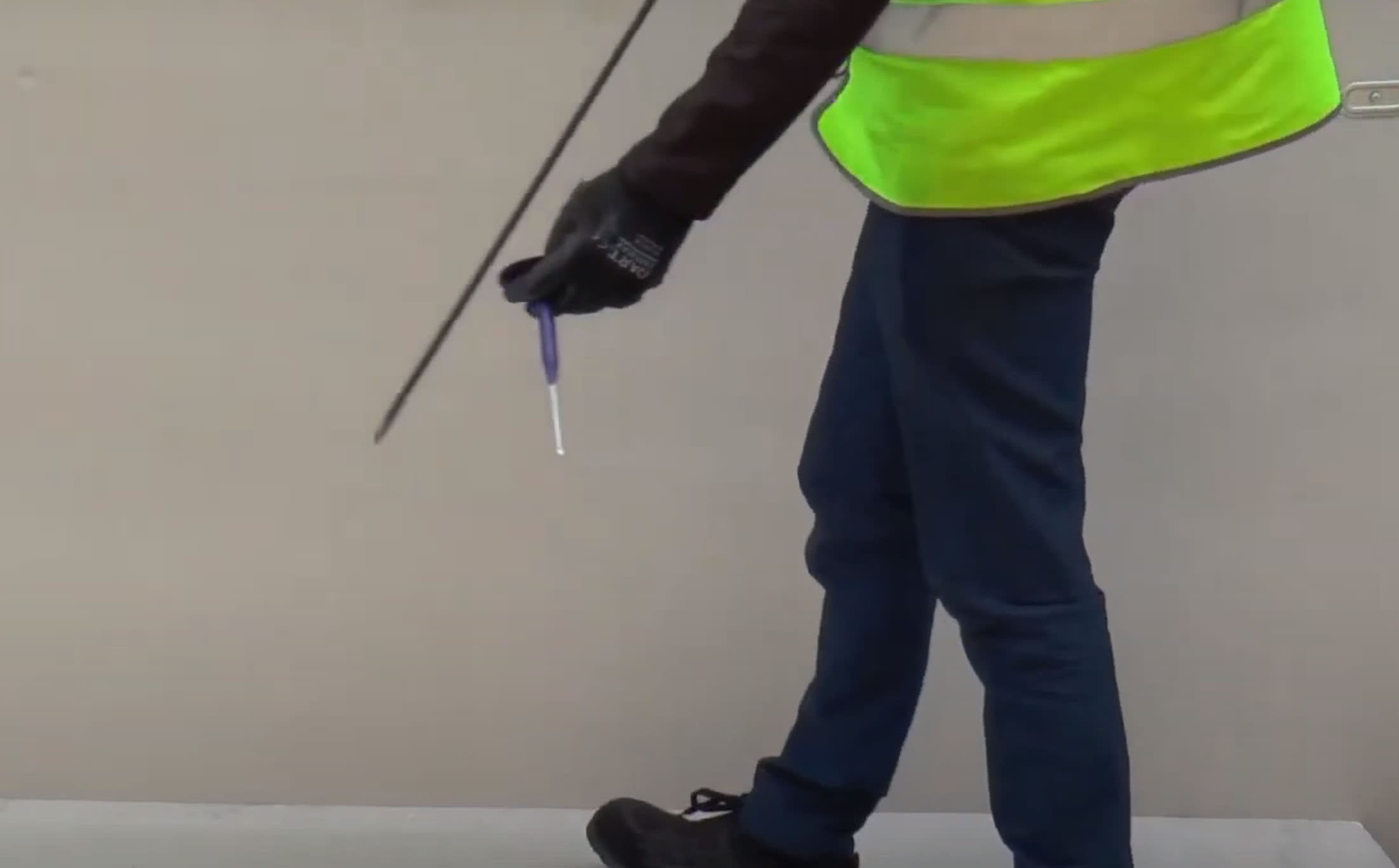
A guide to tooling for mechanically fastened flat roofs
- Read time: 3 minutes
- Date: 17 Jun 2023
- Flat Roofing
Using the right tools will reduce your risk of injury and time off work (a particular concern for those who are self-employed), as well as helping to speed up installation, and prevent damage and excessive wear to your tools.
What tooling should I use on flat roofs?
Traditionally, flat roof installers would spend most of their time working on their hands and knees. Not only is this way of working slow and tedious, but it can cause knee and back pain. The good news is there’s tooling that allows you to stand upright, making installation much quicker and easier without placing excessive strain on the body. There are several options available:
Installing fasteners: the best option is a long drive bar with replaceable drive bits as this is a relatively inexpensive way of allowing you to work standing up. The drive bit has a circlip which holds the pre-assembled tube and fastener in place while driving it into position. Most importantly, the drive bit can be changed when it becomes worn without the expense of replacing the whole bar.
Semi-automatic and fully automatic tools are available, but these tend to be quite expensive and are prone to jamming. As a result, these tools are not widely used in the UK.

Fixing into concrete: As with long drive bars, the best option to allow you to work standing is with a drill extender with separate drill bits that can be replaced as they become worn.
Individual drill bits may also have enhanced features to improve installation. For example, Fixfast’s STOPP drill bit, which fits the Fixfast DRILL EXTENDER, is quite short in length to prevent it from bending. It also features a pre-cutter which reams a hole the same size as the tube to allow it to pass through the insulation with ease. The pre-cutter also acts as a depth stop when it hits the concrete deck, so you’ll know when you’ve drilled to the correct depth.
The alternative is to use a standard SDS-5.0 masonry drill bit. The disadvantage with this is a long drill bit must be used for thick insulation. Long drive bits are more expensive and can bend and break quite easily, meaning the drill bit will need to be replaced.





